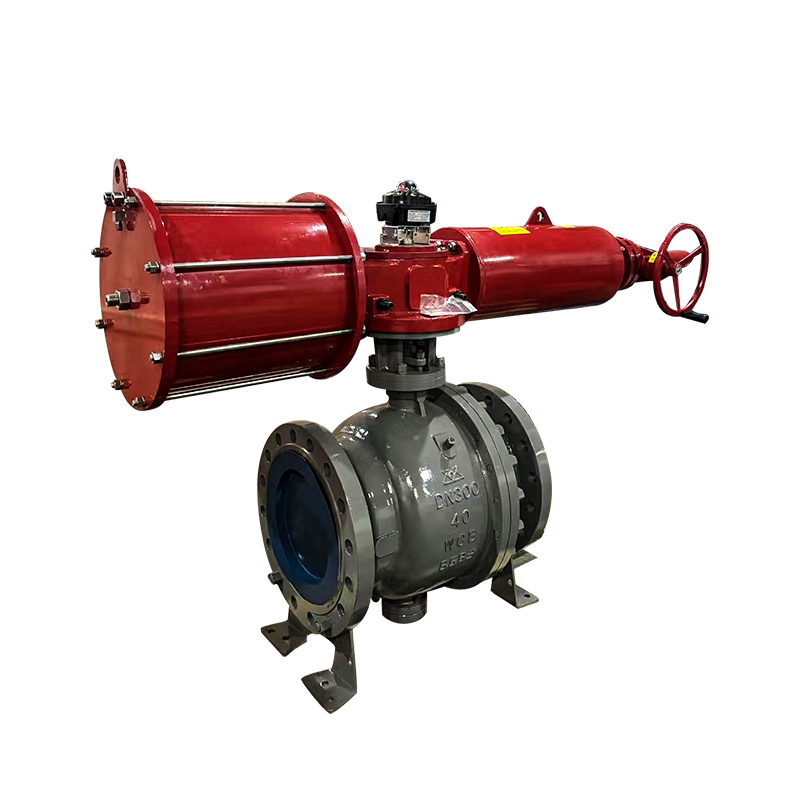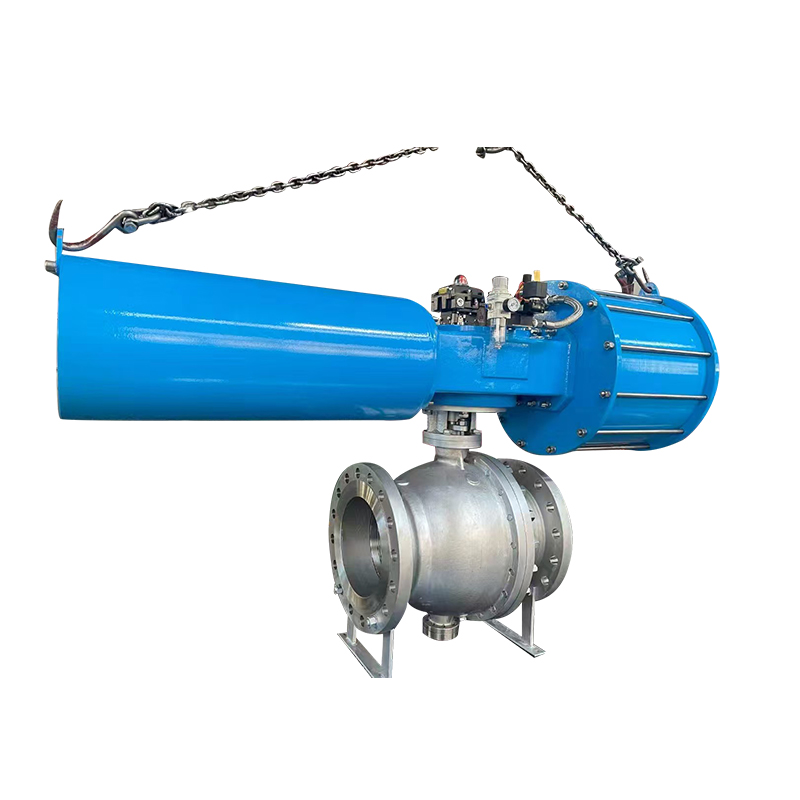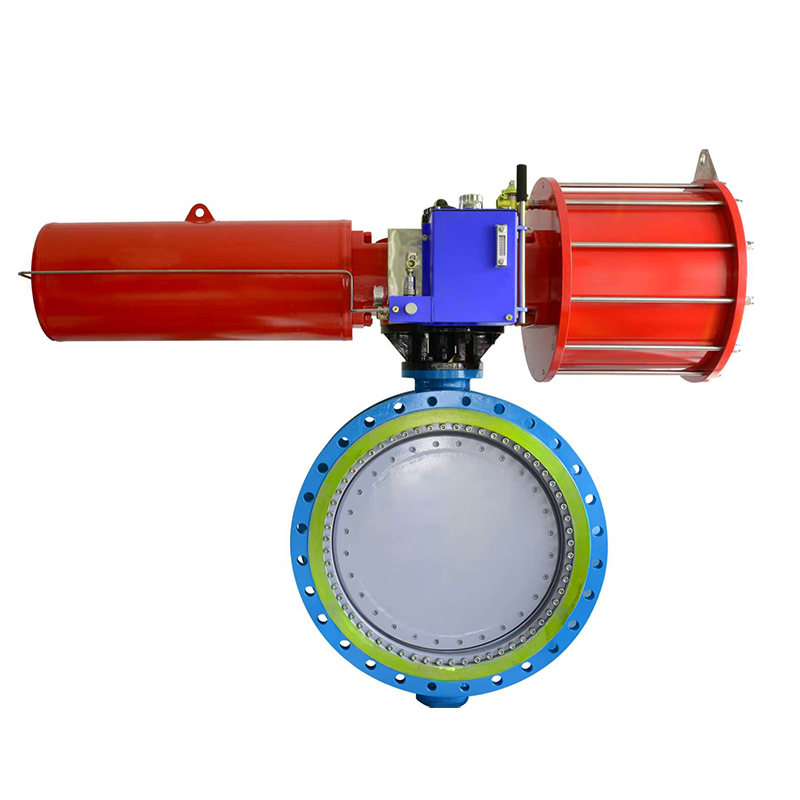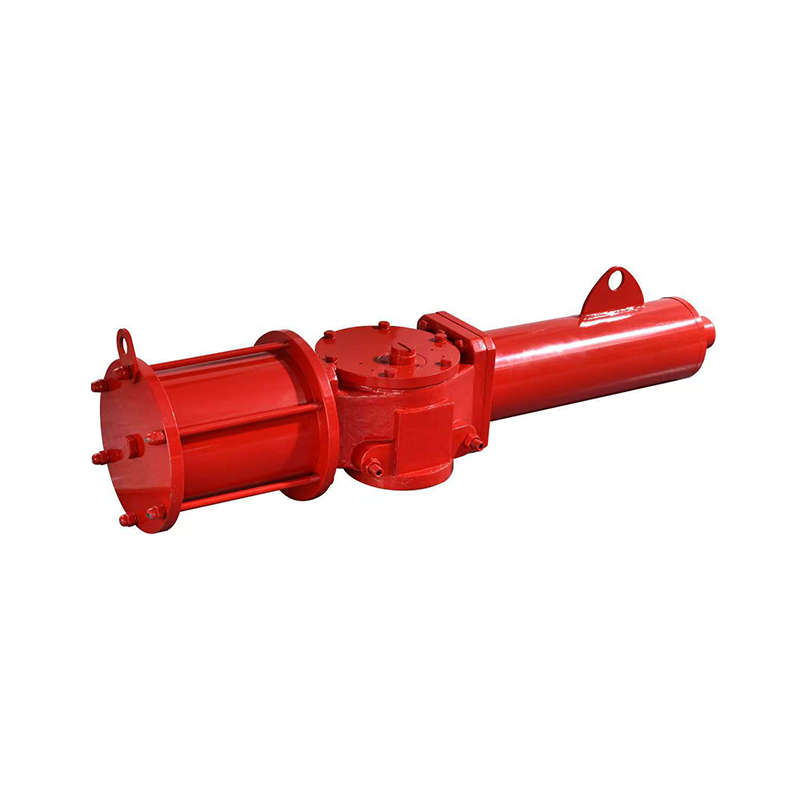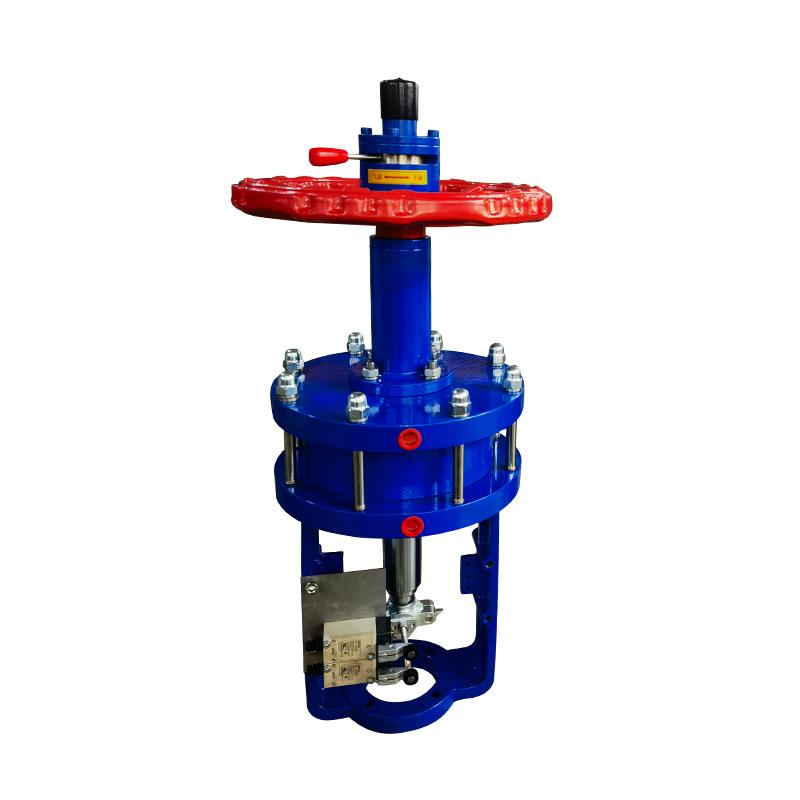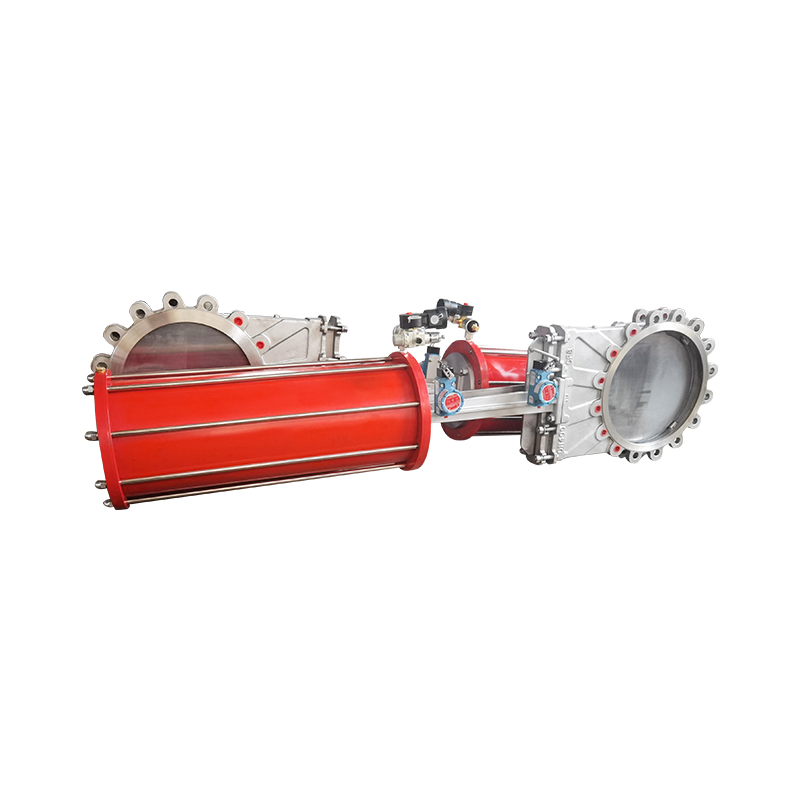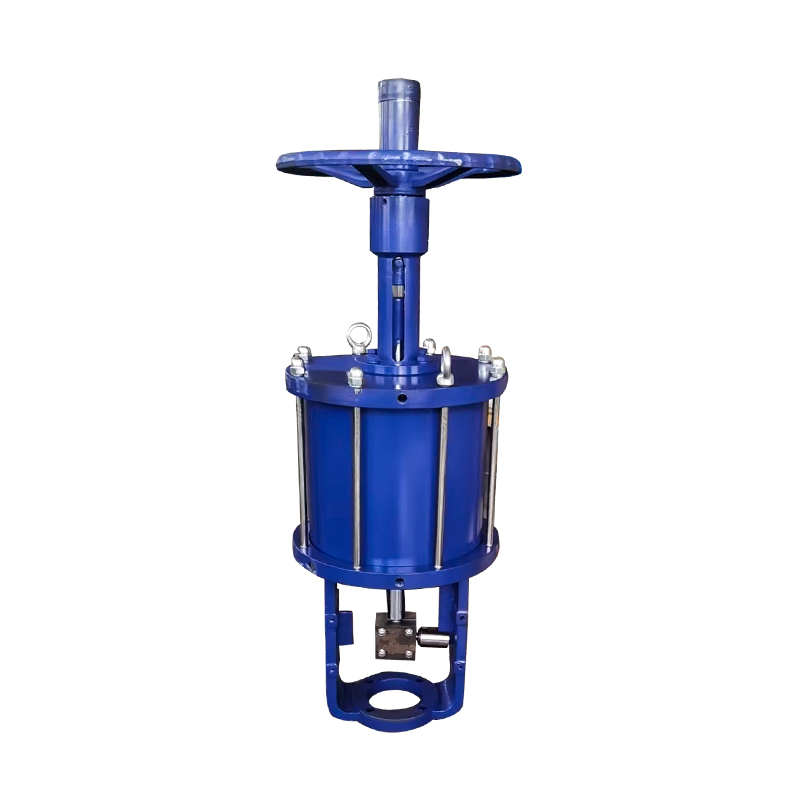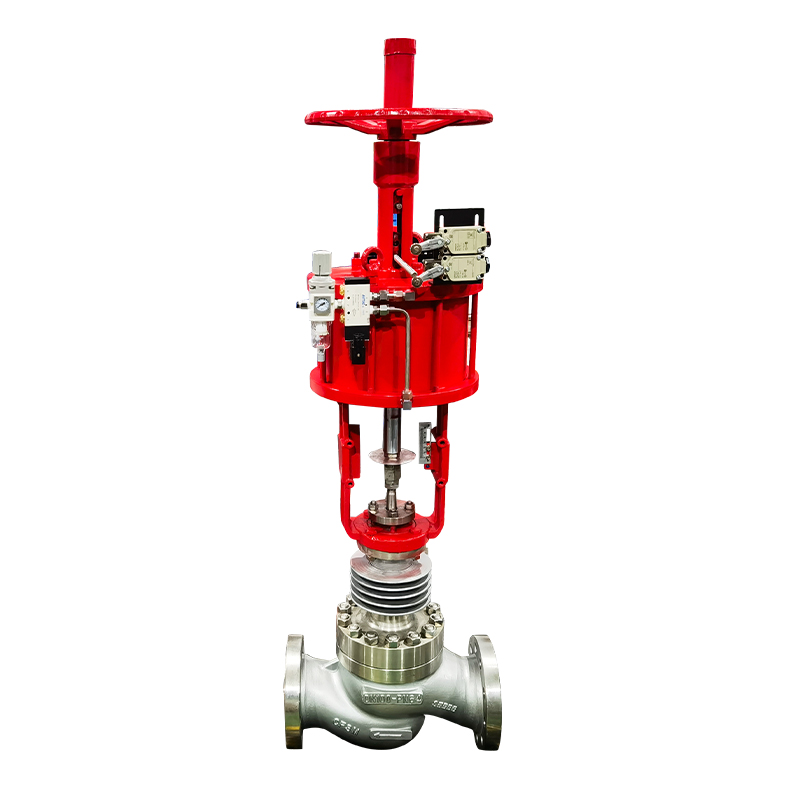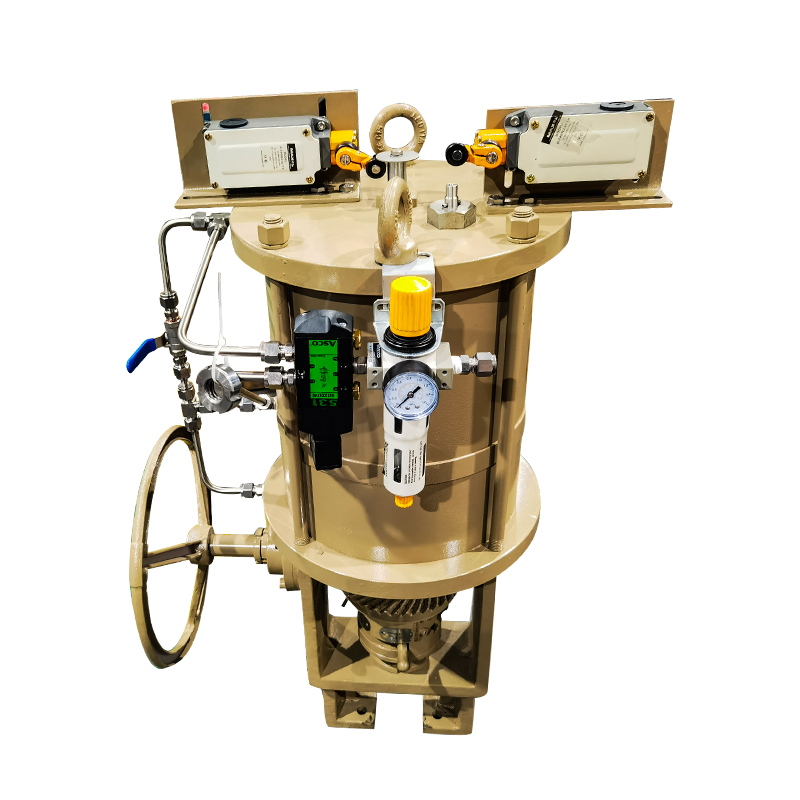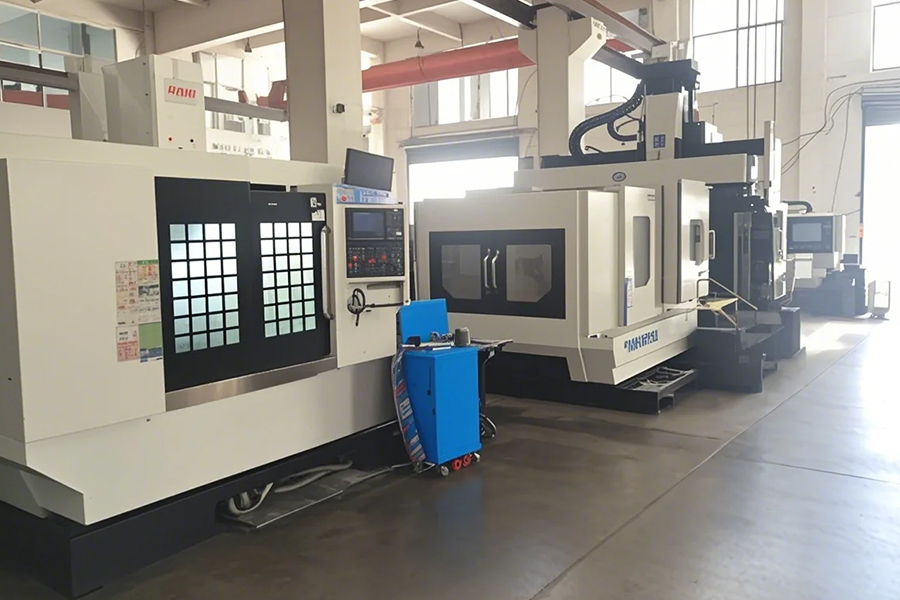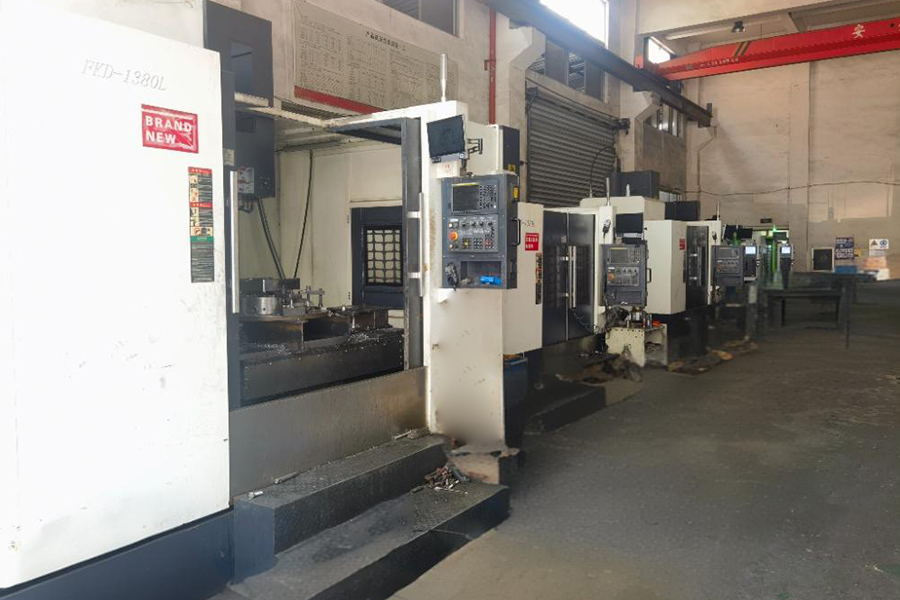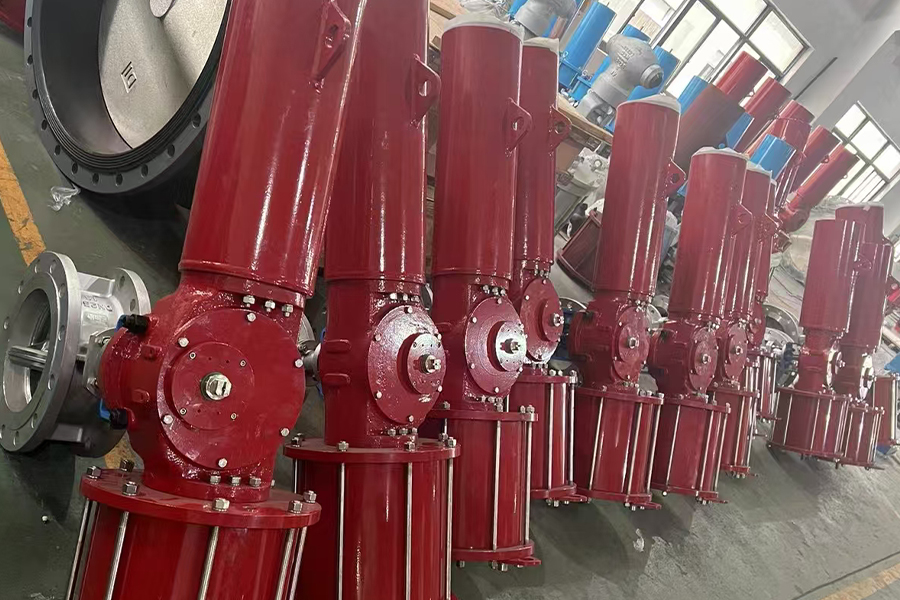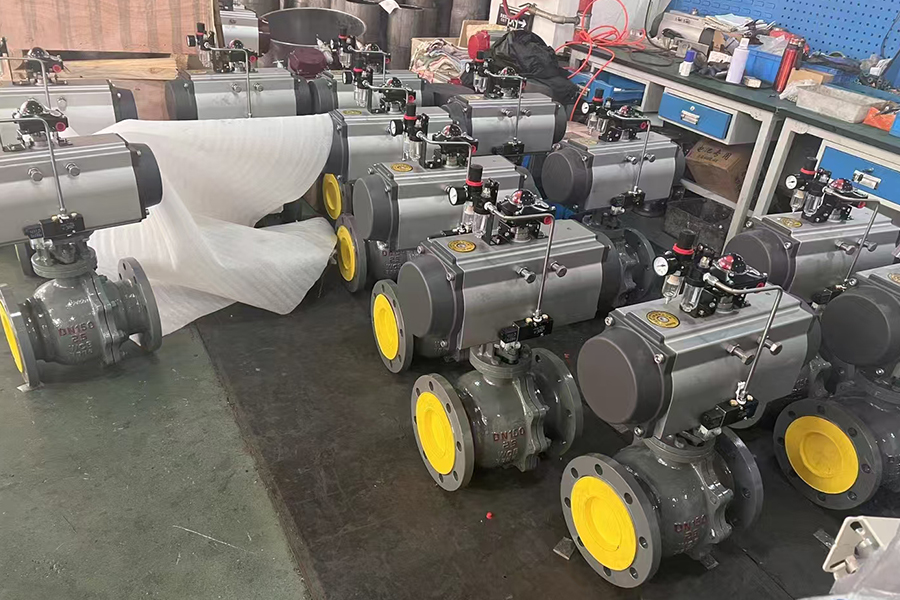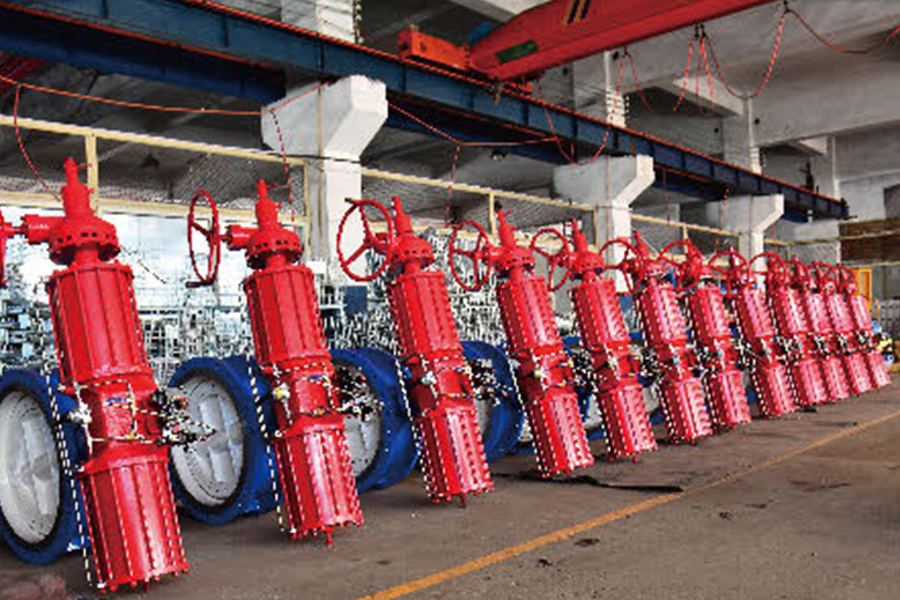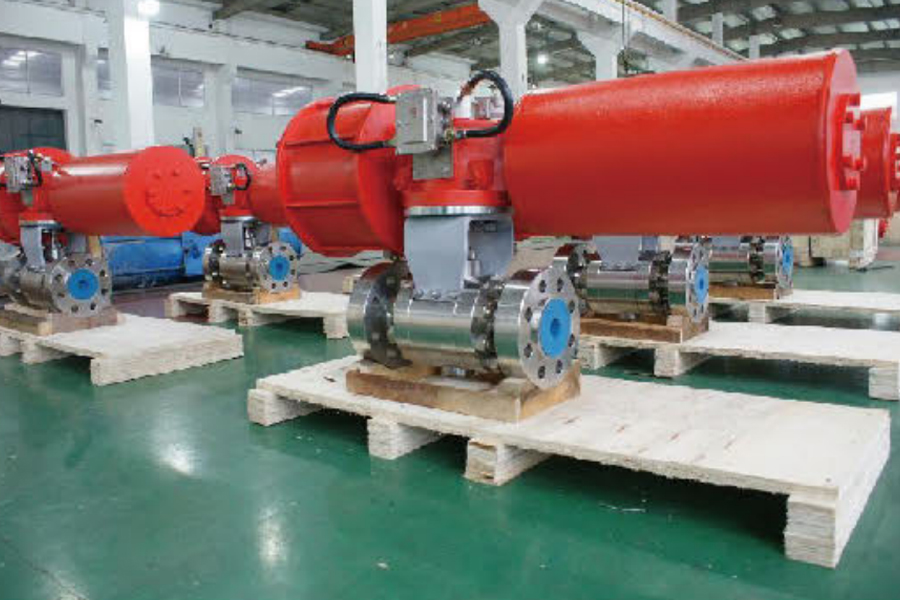Pneumatic operated diaphragm valves are widely utilized across various industries due to their versatility, reliability, and precise control in fluid and gas management. These valves use a diaphragm to control the flow of media, where the diaphragm flexes to allow or restrict fluid passage. The actuator is powered by compressed air, providing a reliable and energy-efficient solution to valve operation. The pneumatic actuator ensures quick and precise movements, offering significant advantages in applications requiring constant adjustments and reliable operation.
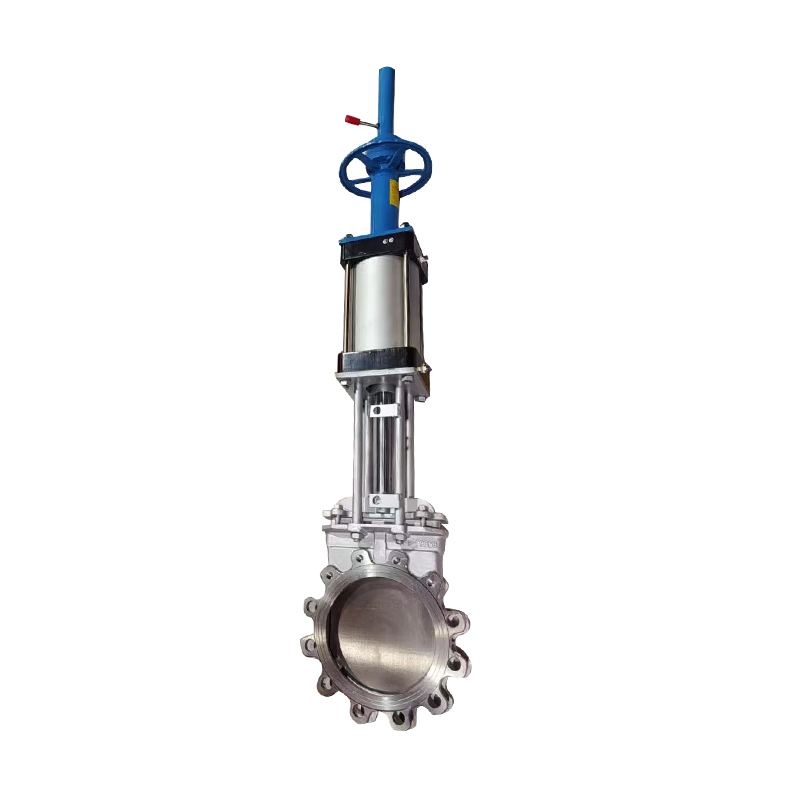
In industries such as pharmaceuticals, food processing, and chemical manufacturing, pneumatic operated diaphragm valves offer performance for regulating the flow of liquid, gas, or steam. These industries rely on strict hygiene and safety standards, making the diaphragm valve particularly suitable because of its simple construction, ease of cleaning, and ability to handle a wide range of media types, including aggressive chemicals.
The pneumatic actuator enables remote control, which is especially beneficial in automated systems. This eliminates the need for manual operation, reducing labor costs and the risk of human error. Furthermore, pneumatic diaphragm valves provide a tight seal, leakage and ensuring reliable shut-off capabilities. Their ability to function in demanding conditions—high or low temperatures, corrosive environments, and varying pressures—further solidifies their importance in industrial applications.
The service life of a pneumatically operated control valve is a critical factor that impacts overall system efficiency and maintenance costs in industrial applications. The longevity of these valves depends on several factors, including the valve's design, the type of media being controlled, operating conditions, and the frequency of maintenance.
Typically, pneumatically operated control valves are designed for high performance in controlling the flow of gases, liquids, and steam. These valves are built to withstand regular cycling, constant pressure changes, and fluctuating temperatures, which are common in many industrial processes. Over time, however, wear and tear can occur, particularly on the actuator, valve seals, and the valve body.
One of the key determinants of service life is the quality of the materials used in the valve construction. Valves constructed from high-quality stainless steel or special alloys tend to have longer service lives due to their resistance to corrosion and abrasion. Regular maintenance, including lubrication of moving parts, inspection for wear, and proper sealing, is essential to extending the lifespan of the valve. Additionally, choosing a pneumatic actuator that is appropriately sized for the application reduces strain on the valve, ensuring that it can perform over time.
A pneumatically actuated flow control valve is a key component in systems requiring precise regulation of flow rates, pressures, or temperature. These valves offer enhanced control, reliability, and efficiency, making them an indispensable part of many industries, including oil and gas, chemical processing, and water treatment. The value of a pneumatically actuated flow control valve lies in its ability to provide smooth, accurate flow control, ensuring performance in automated systems.
One of the main advantages of these valves is their ability to adjust flow rates quickly and with great precision. The pneumatic actuator that operates these valves uses compressed air to drive the valve into various positions, allowing for fast adjustments to flow. This precise control is crucial in industries where minor deviations in flow or pressure can inefficiencies or even catastrophic failure. For example, in chemical plants, where precise dosing of chemicals is required, or in water treatment facilities, where maintaining the correct flow is essential for meeting regulatory standards, pneumatic flow control valves ensure processes remain stable and accurate.








